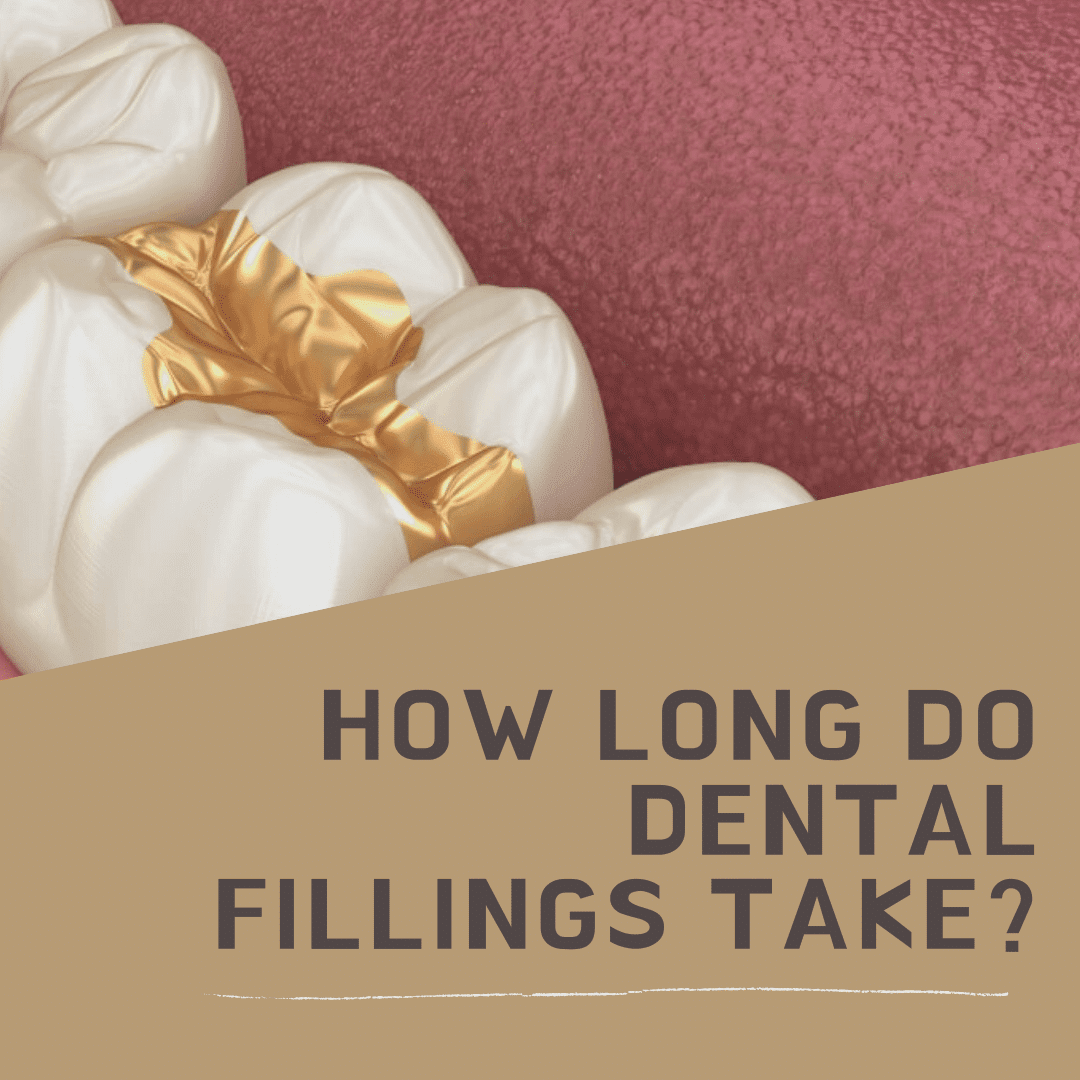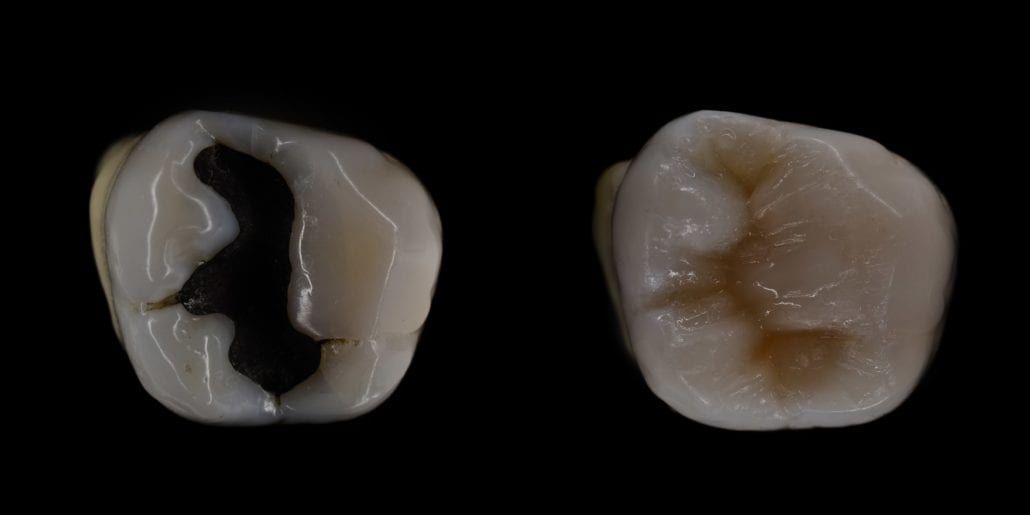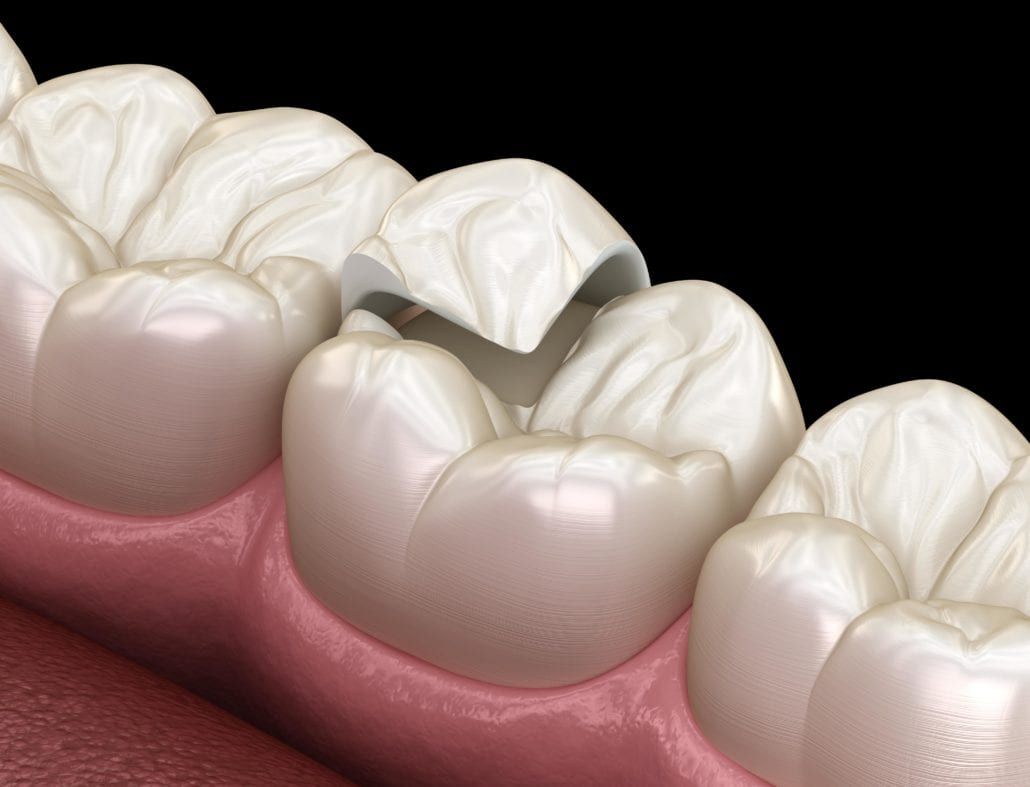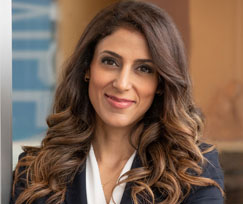How Long Do Dental Fillings Take?

While very few people look forward to spending their afternoon in the dentist’s chair, there are few situations where this is necessary. One such situation is when you have a dental cavity in need of a filling. Dental fillings are placed to fill in a cavity left behind after your dentist has removed the decayed tissue from your tooth. Not only do they stop the progression of decay, but they prevent future decay from occurring in that area. Lucky for you, the majority of dental fillings do not take an entire afternoon to place.
In most cases a single dental filling can be placed in as little as 20 minutes, however most cases take about an hour from start to finish. Of course, this is just an average estimate and the exact timespan of your treatment can vary. In fact, there are a few key factors that will directly affect how long it takes to complete your filling.

The first factor is the size of the cavity the filling is being used for. The smaller the cavity, the less time the filling should take because there’s less preparation and less dental material used. Additionally, small medium cavities can be treated using direct fillings. Direct fillings are made entirely in the mouth using either composite resin or silver amalgam.
In most cases, your dentist will likely recommend composite resin because it blends in with the natural tooth color and requires minimal preparation. To place a composite filling, the composite resin putty will be placed into the cavity and then hardened with a curing light one layer at a time. The final layer will be shaped and polished so that it matches the surrounding teeth.
Another factor that needs to be considered is the type of filling your dentist is using. Most people are familiar with direct fillings because they are the most commonly performed type of filling. However, did you know that there is another kind of filling known as indirect fillings? Indirect fillings are more involved than direct fillings and, therefore, take longer to complete. This is because they are made outside of the mouth in a dental lab before being adhered in place.

While small and medium cavities can be effectively restored using a direct filling, larger fillings may require an indirect filling for restoration. If the entire chewing surface of a tooth is affected by dental decay, then an indirect filling called a dental inlay will be used. If the decay also extends over one or more of the tooth’s points (cusps), then an indirect filling called a dental onlay will be used.
To place an inlay or onlay, a dental impression will be taken after your dentist has removed the decayed tissue and reshaped the healthy tooth tissue. The information from the dental impression is sent to a dental lab where your inlay or onlay will be custom fabricated using porcelain or gold. Once complete, the final restoration will be adhered in your mouth. Because this process is so extensive compared to placing a direct filling, indirect fillings often take a minimum of two dental appointments.
Overall, the vast majority of dental fillings are uncomplicated and can be completed quickly during a single dental appointment. However, the size of your cavity will determine what type of filling you need and how long the filling procedure will take. Therefore, your exact treatment time will vary.

Dr. Lila Nabi earned her Doctor of Medical Dentistry (DMD) at the University of British Columbia and is a member of the following dental organizations: AACA, CACD, BCDA, CDA, BCDS, and KIA. She has completed extensive continuing education courses at the world renowned Kois Centre in Seattle, Washington, Oral Surgery Externship program at Loma Linda University, LA. She has also participated in over 200 hours of continuing education at the Spear Centre in Phoenix, Arizona led by Dr. Frank Spear. Dr. Nabi is active in an ongoing Implantology Study club in Vancouver.











